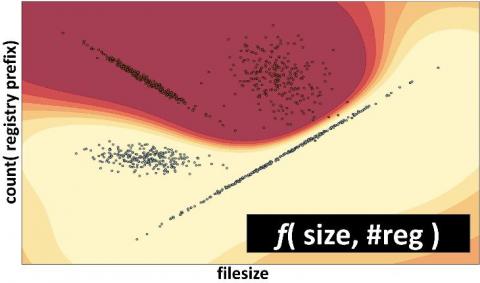Creating a Custom Container for the Deep Learning Toolkit: Splunk + Rapids.ai
The Deep Learning Toolkit (DLTK) was launched at .conf19 with the intention of helping customers leverage additional Deep Learning frameworks as part of their machine learning workflows. The app ships with four separate containers: Tensorflow 2.0 - CPU, Tensorflow 2.0 GPU, Pytorch and SpaCy. All of the containers provide a base install of Jupyter Lab & Tensorboard to help customers develop and create neural nets or custom algorithms.










